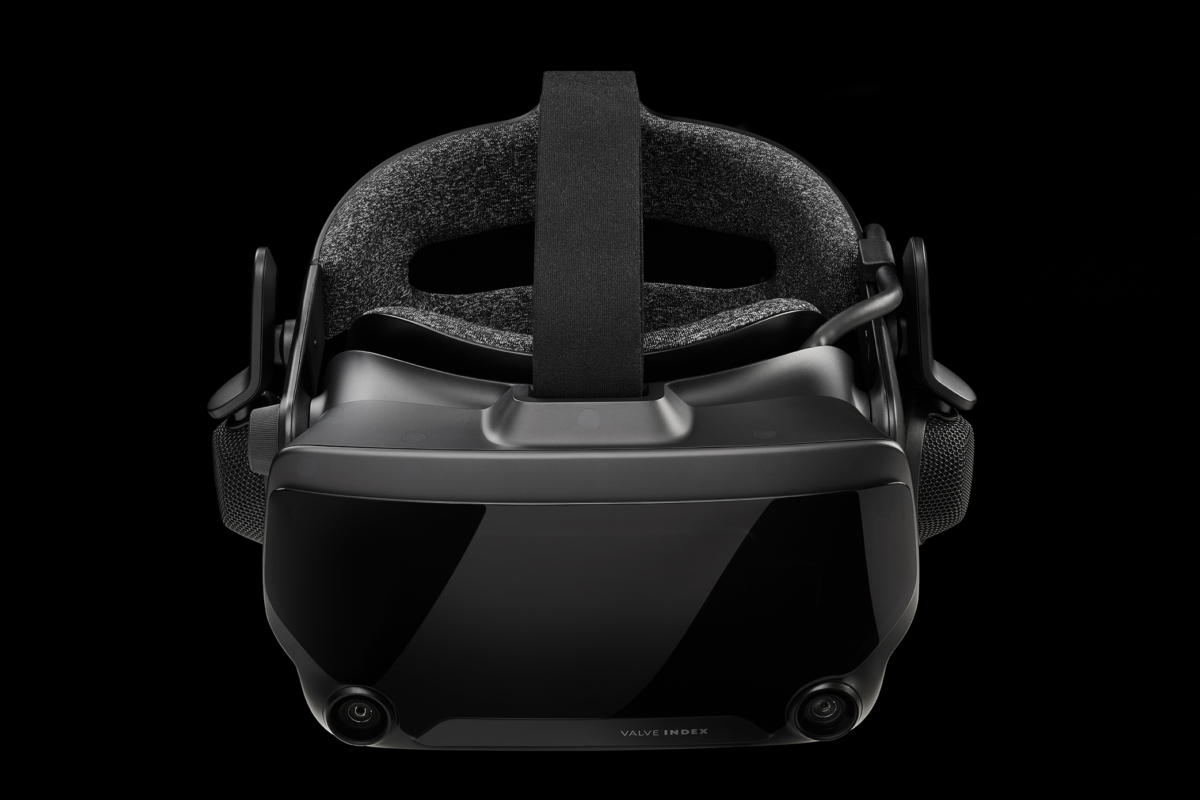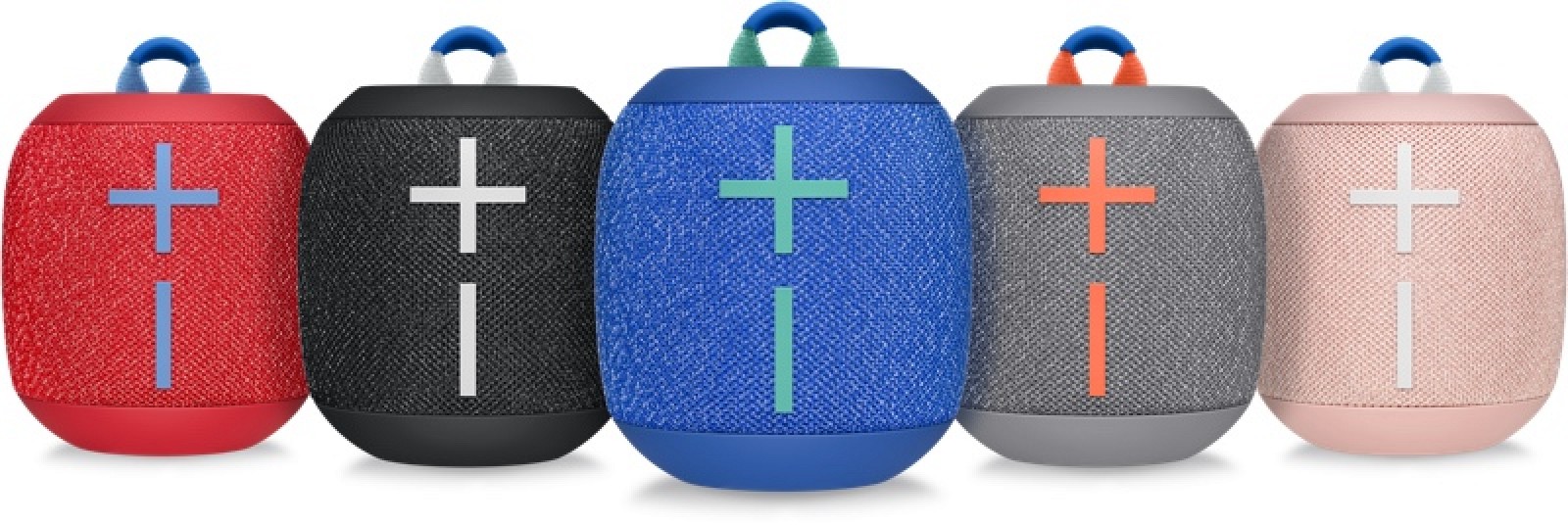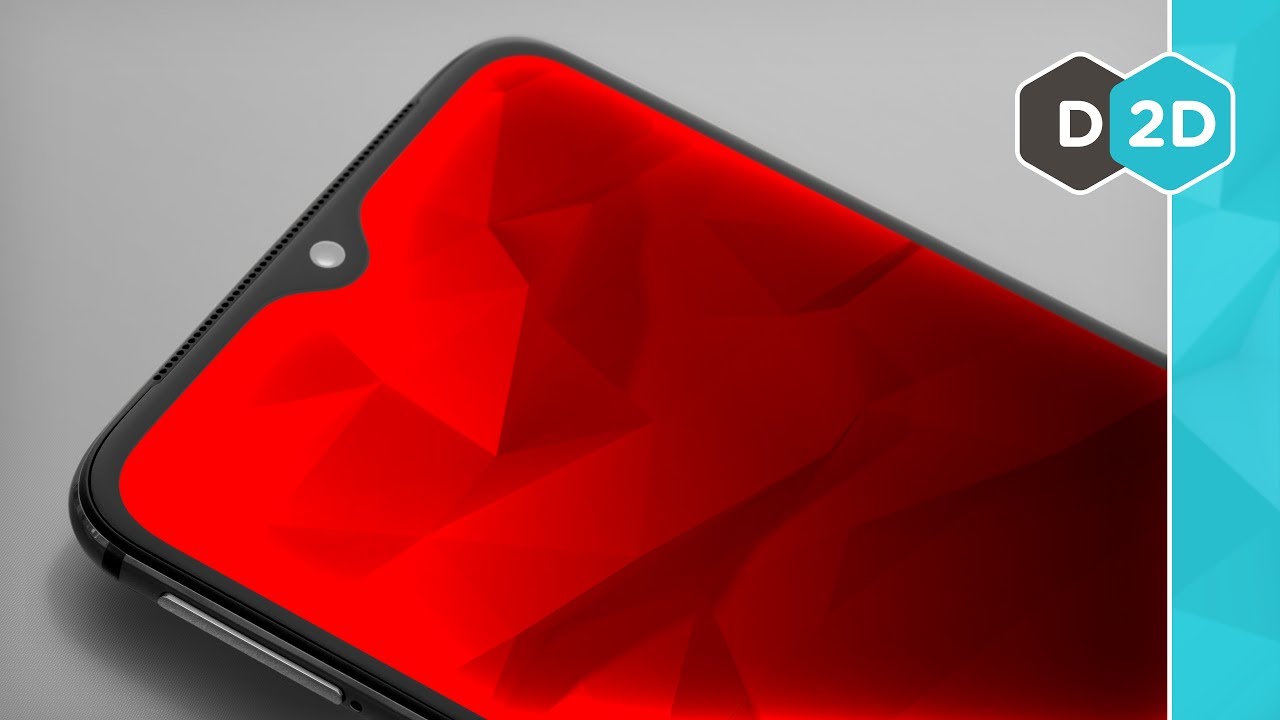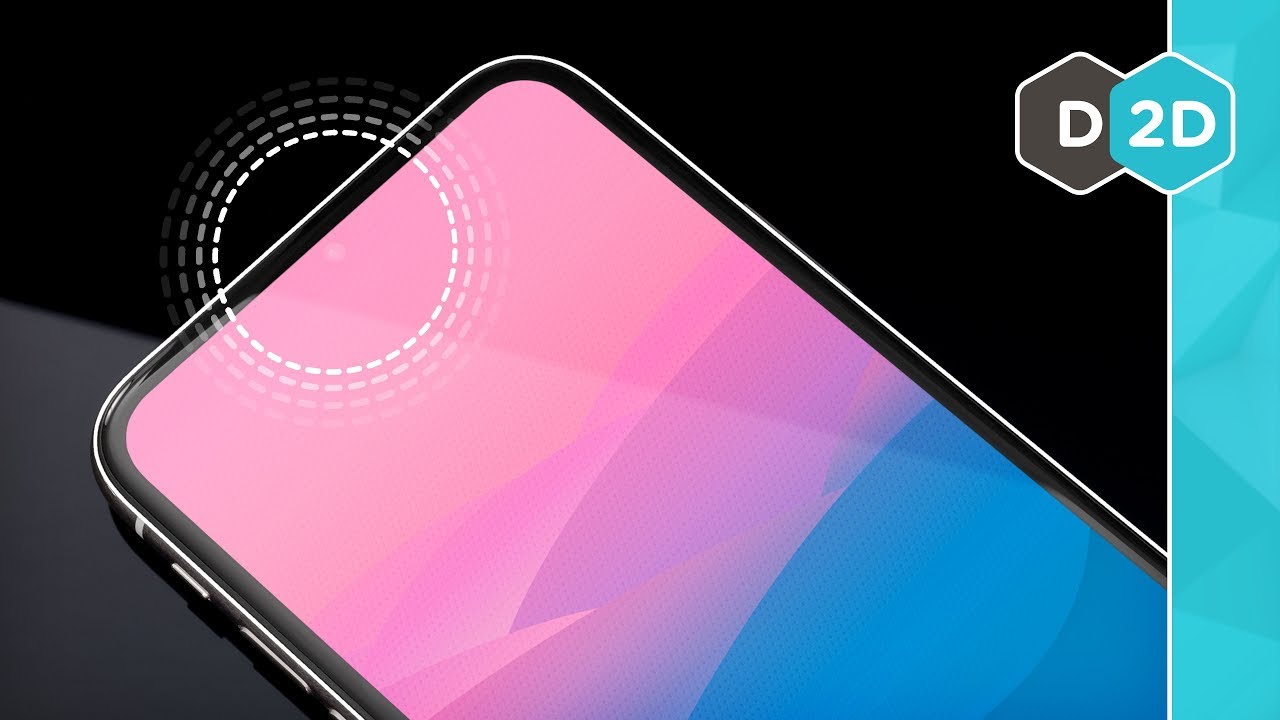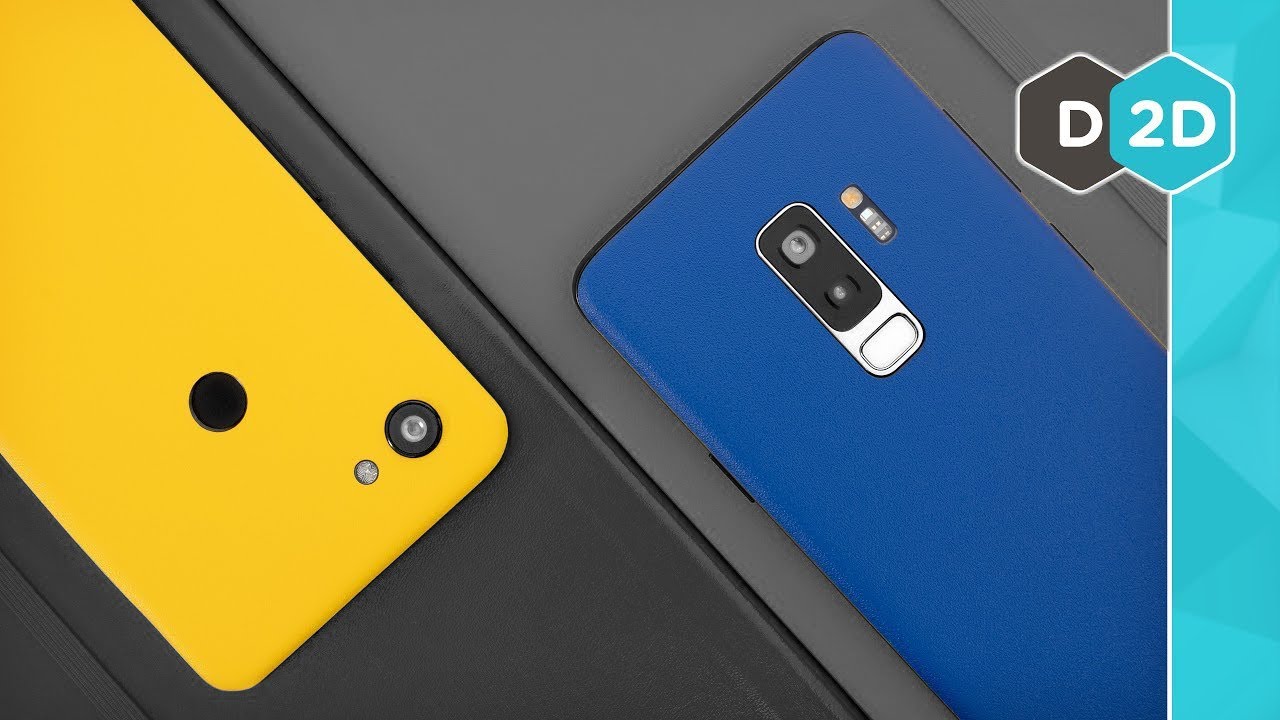Last month we put out some initial impressions of Valve’s new Index virtual reality headset. I’ve now used it off-and-on in my home for about a month, and the first units are going out to consumers, which means it’s time for a proper review.
It’s a bit odd though, reviewing the Index. Valve’s hands-off approach to its hardware, its lead-and-the-developers-will-follow mindset, means the Index’s first few steps into the limelight are more tepid than I would’ve liked. The hardware is great. The software support so far? Less so.
The knock-on effect is that at release, the Index headset feels like a great investment, an incremental but significant step forward for those who want the best fidelity money can buy. The so-called “Knuckles” Index Controllers are supposed to be the draw though, and are undercut by the fact few games support them. They may become must-have peripherals eventually, but you’re going to have to take on faith that developers will do the work.
This review’s long, and the Index Controllers can also be used with HTC Vive headsets, so I’ve split it in two parts. Keep reading for my impressions on the Index headset, or click here to read about the Index Controllers.
Look at it go
I’ve already written a lot about the Index’s technical capabilities, courtesy of last month’s impressions piece. Since this is a review though, now I can say definitively: The Index is the new benchmark for consumer VR.
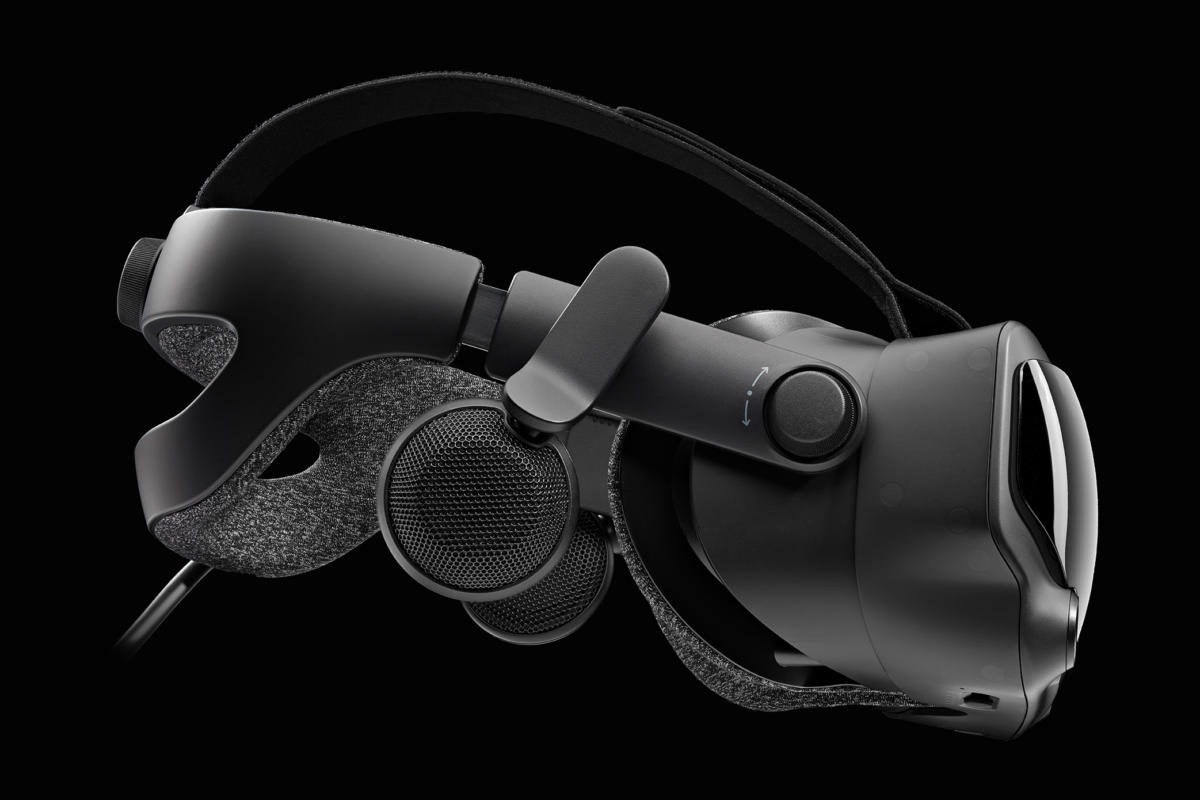 Valve
ValveIt replaces the HTC Vive Pro at the top of the heap, though as I said the Index is very much an incremental upgrade. In fact, it has the same 2880×1600 resolution (1440×1600 per eye) as the Vive Pro, and defaults to a 90Hz refresh rate. On paper at least the two have nearly identical specs, and aside from the Vive Pro’s higher price tag you’d be hard-pressed to delineate between the two sight-unseen.
Valve’s made two key changes though, and they’re changes you can only appreciate…
https://www.pcworld.com/article/3405558/valve-index-vr-review.html#tk.rss_all

